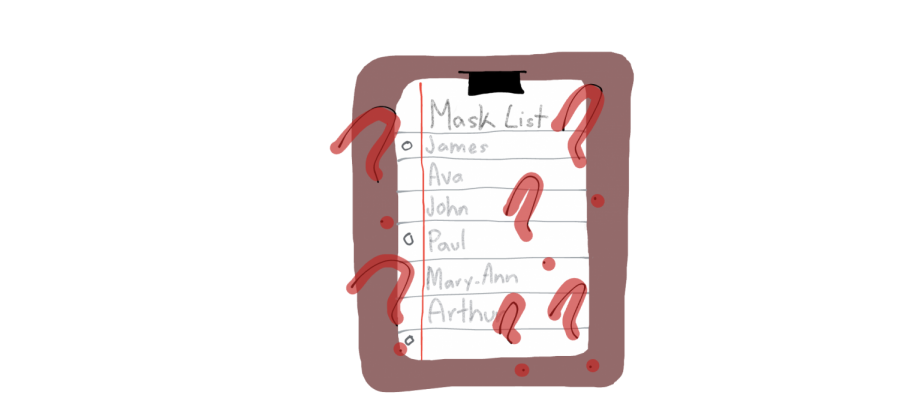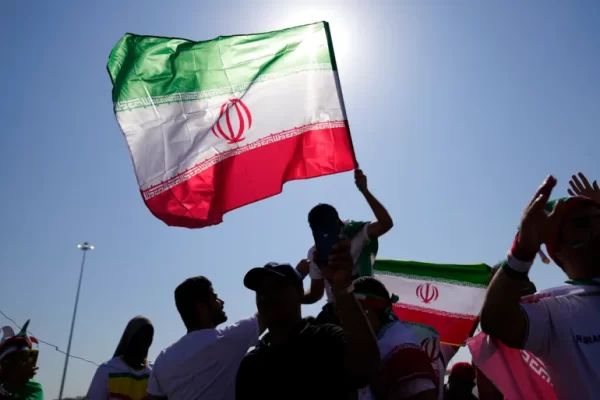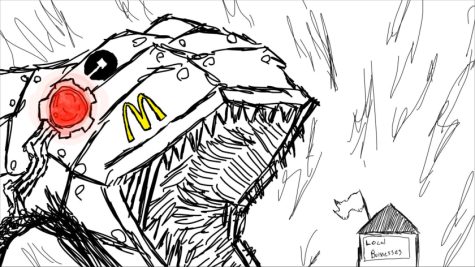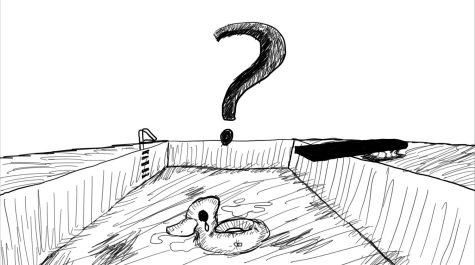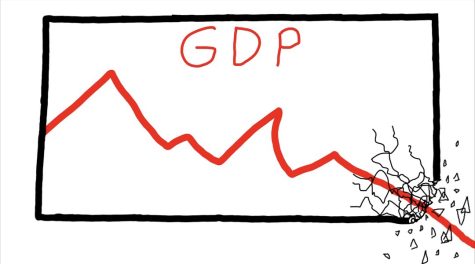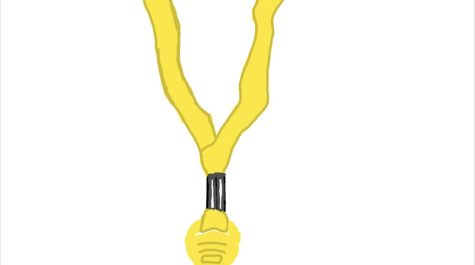OP ED: School Administers Uneven School Mask Policies
November 17, 2021
Since the COVID-19 pandemic began, mask mandates have been an on-again-off-again policy by state governments; currently, New York state public schools are required to enforce students to wear masks at all times except when eating or drinking. Teachers here are asked to remind their students that masks are on and above their noses at most times. Recently, a supposed “mask list” has been rumored among the student population that serves as a disciplinary measure for those who break the rules regarding masks. This list contains the names of students who are reported to the office for not wearing their mask or having it below their noses. If they are reported again, the students will face severe consequences. The controversy over this mask list is not in its existence or in the good it might do, but in the secrecy surrounding it. Many in the school, both students and staff, are unaware of the existence of such a list. When members of The Pel Mel attempted to confirm its existence from a school administrator, we were told that information regarding school procedures could not be shared with students. Despite the lack of information given by the administrator, the existence of the mask list was clear through reports from students stating that they had received a warning that they had been reported to the office for having their mask below their nose and that they would face detention if it happened again.
Many would likely agree that the mask mandate put in place for the school is beneficial to the safety of the school community and would argue that the mask list is a useful measure put in place to maintain the mask mandate. But if the main concern is safety, then it would seem the mask list is clearly the school’s best option. Such a concept of punishing students for breaking rules is not new to the school, and it does appear to work, as fear of detention can prevent people from breaking rules. The difference between this concept and those previous is that this rule is not being announced to the students of PMHS. There are many options by which the administrators may have conveyed the message of the mask list, but none have been used. There has not been a revision to the student handbook mentioning any disciplinary action that would be taken for students not wearing their masks. There have not been announcements regarding the mask list and teachers have not been instructed to inform their students about it, nor have some been informed of its existence. Many would argue that despite this, students still shouldn’t be breaking the school’s rule of wearing masks.
While this line of thinking may not be entirely wrong, it does miss crucial details that could benefit the system that is being created. The idea of the mask list is to ensure that people wear their masks by punishing those who don’t, and this idea is one that should remain in place. The main problem with the current system is the secrecy by which the administrators of PMHS have made this mask list. It does not make sense for the school to set up rules for students to follow without telling them the consequences of breaking these rules. If the school’s goal is to prevent students from breaking the rules, then informing them of what will happen if they do is the best way to go about achieving their goal. The mask list aims to prevent the rules from being broken, but if the list remains unknown to students, then its purpose is not being fulfilled because nobody can be prevented from doing something if the consequences are not known to exist.
The mask list at PMHS, while potentially a good idea, has a major flaw. By hiding its existence, administrators are diminishing its effectiveness. Its principal idea of preventing rule breakers by having severe consequences is abated by the lack of transparency from the school regarding the consequences. A simple solution to the problem at hand would be to inform students about the existence of the mask list.

